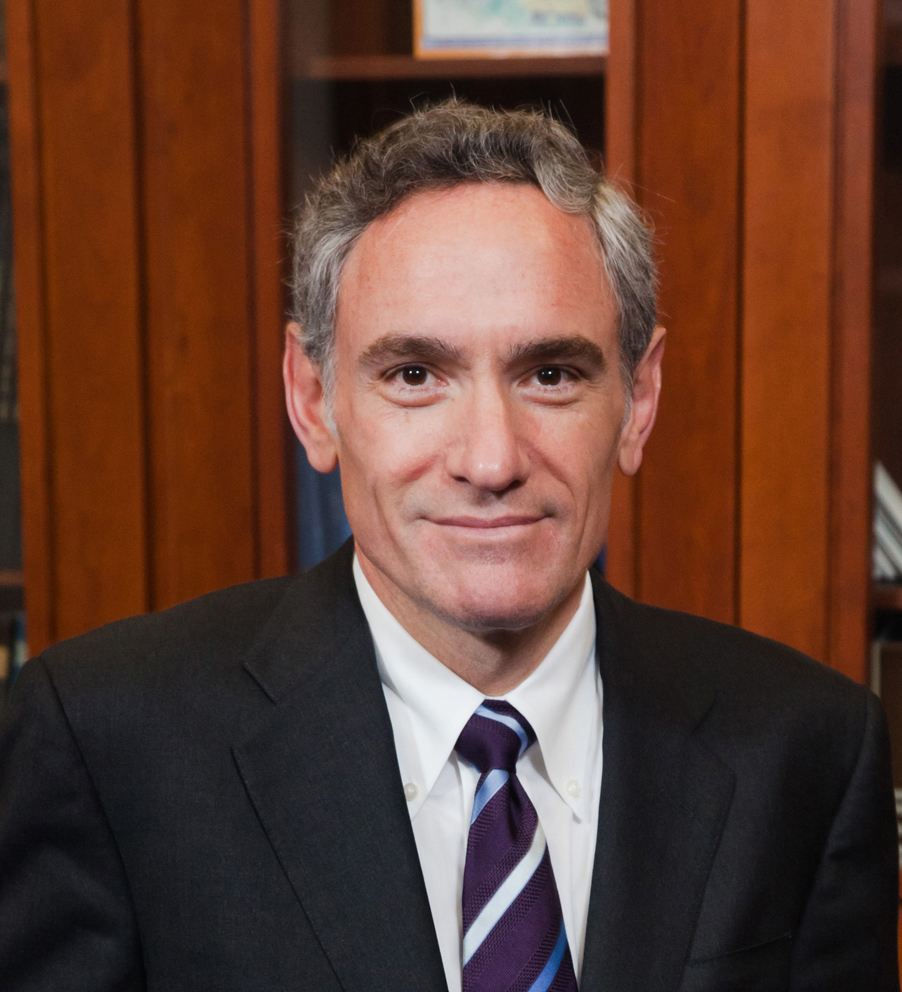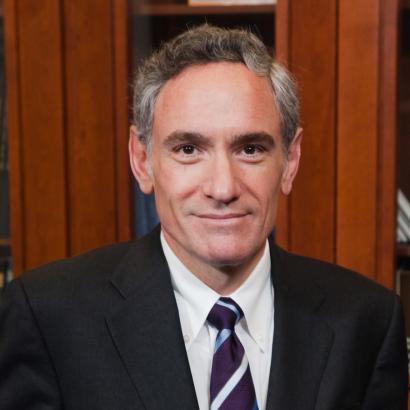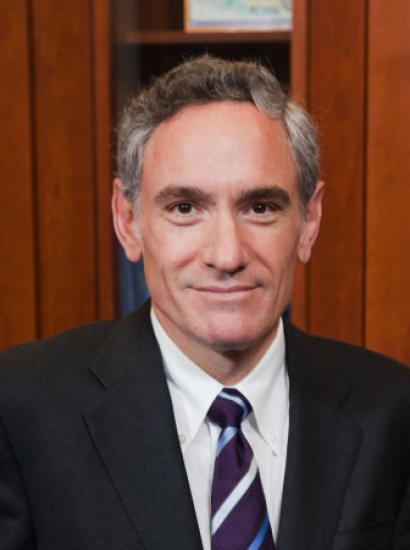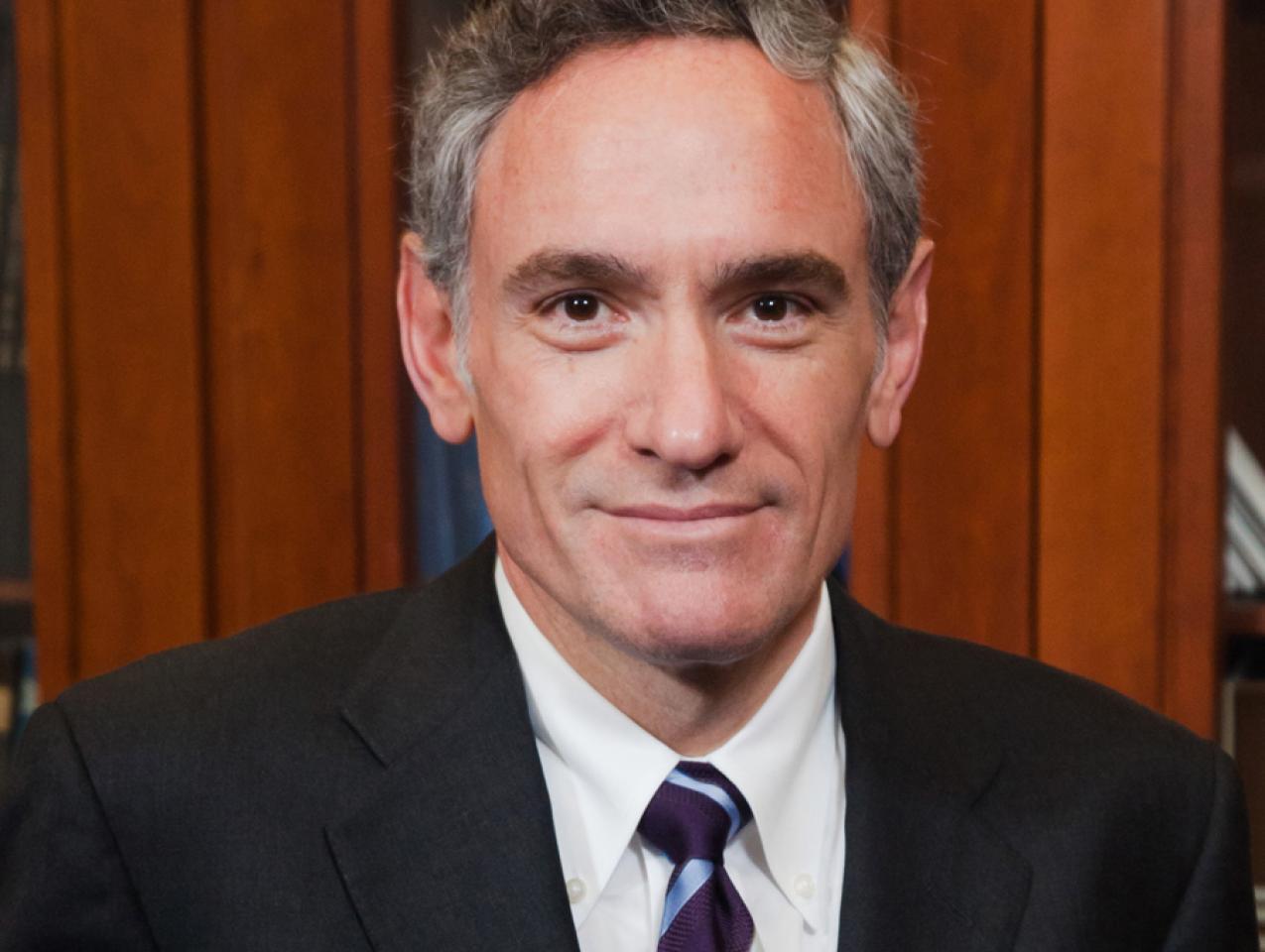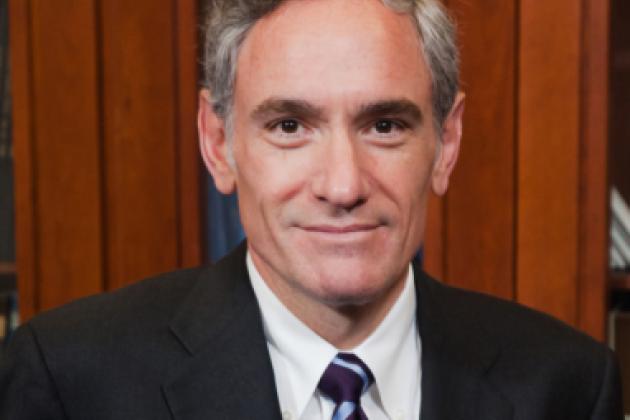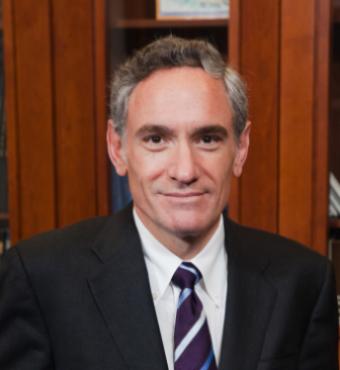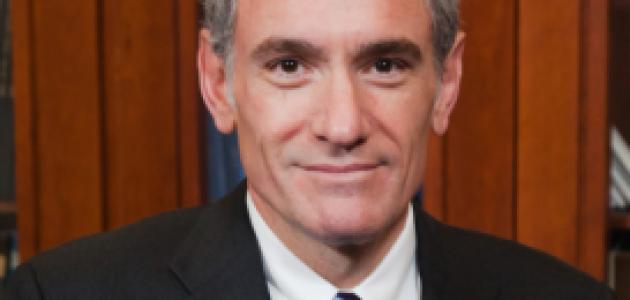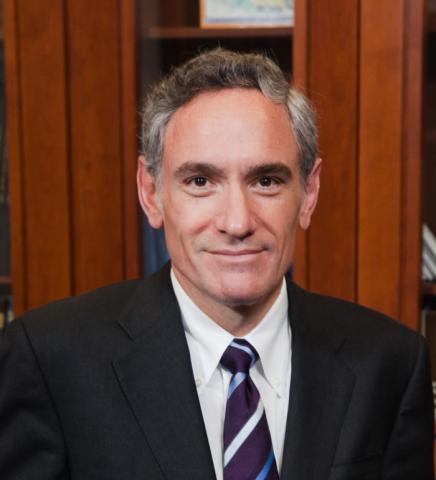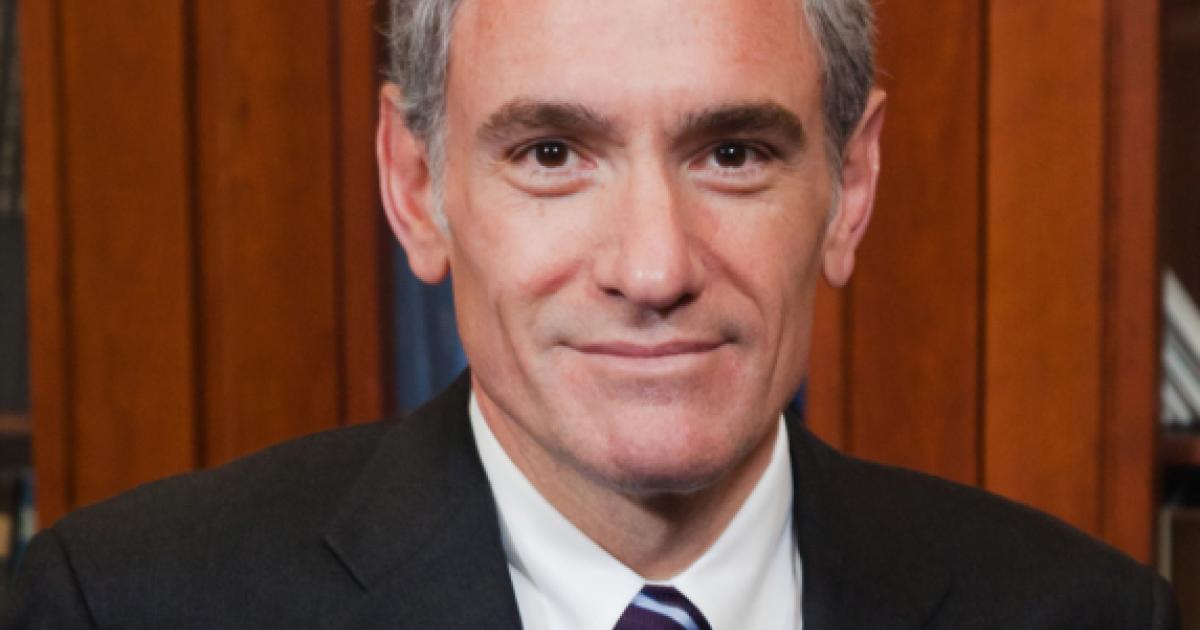Regardless of the facts, most of the media seem to focus on one aspect of the proposed health care legislation—cost—as if the Democratic reforms are desirable, except the quandary of how to pay for them.
Heartwarming stories from Europe about in-home visits to assist with healthy newborn babies receive the spotlight, while restricted access through family practice gatekeepers is stated as a goal. The media then pose questions such as, “How can we achieve such great care?” as if the only dilemma is how to pay for it.
Inexplicably, the following facts, published in the world’s top medical journals about our system, continue to be ignored:
- Americans have the best survival rates from cancer and most serious diseases, and the most rapid decline in breast and prostate cancer deaths, despite being hindered by severe obesity and the largest number of smokers over age fifty of any Western nation.
- Americans have the most successful, most available treatments for chronic diseases such as high blood pressure and high cholesterol.
- Americans have the shortest wait times for life-changing surgeries, such as cataract operations and hip replacements, that may not increase survival but that greatly affect quality of life.
- Americans have the best access to the newest, most effective drugs.
- Americans have the quickest access to the safest, most advanced medical technologies.
- Americans have the easiest access to specialty doctors, doctors of their choice, and doctors who lead the world in health care innovation, regardless of which metrics are used.
Instead of solely considering costs, shouldn’t we ask if Americans are willing to die sooner from cancer, to give up access to specialists, to be refused safer, more accurate diagnostic imaging, to lose the most accessible screening programs, and to lose their autonomy in pursuing treatments for their families? Shouldn’t we ask if Americans want to replace the most advanced and successful medical care in history with the restricted care and lower-cost social programs of Europe and to insure the less than 5 percent of people who don’t buy insurance but receive care anyway?
How quickly we forget. Americans have already soundly rejected the idea of gatekeepers limiting access in our own disastrous experiment with managed care in the 1990s. The backlash against that grand failure should be a strong reminder of what Americans value—yet our government either forgot or doesn’t care.
Despite all that, most Americans want reforms to bring costs down if they maintain quality.
So our president and his Democratic allies—possibly in another teaching moment—filled our news media and the Congressional Budget Office with a pile of proposals. And because Americans are optimistic, we jumped in and started digging through the pile, even though that pile looked and smelled like manure. We figured that, with all that manure, there had to be a pony in there somewhere.
We kept digging through the Democrats’ proposals in search of the pony. But there was no pony.
The plan offered by Sen. Max Baucus (D-MT) would be paid for with massive taxes on existing insurance plans that exceed our government’s arbitrary threshold and with significant cuts to Medicare. Its federal exchange overtly skews the playing field by subsidizing—directly or indirectly—insurance plans that meet government definitions and by penalizing existing plans that don’t, plans already held by millions of Americans. (Health insurance exchange is sometimes described as a nationwide pool of health insurance providers that facilitate access to coverage for individuals and employers. The exchange’s major function would be to provide a platform for a government-run public health plan that, using Medicare-style administrative pricing, would “compete” against private health insurance.)
The House proposals force the creation of a government-run “public option,” which would result in huge numbers of privately insured Americans becoming the burden of an already unsustainable, taxpayer-funded entitlement program that ultimately eliminates private insurance choices.
A public option would interpose bureaucrats between doctors and patients, restricting access to new drugs, to innovative new cures, and to choice of doctors. It has already proven a failure the world over, even by our own Medicaid program, where government-imposed, below-cost payments have created patients who cannot find doctors to care for them. Although Congress and the administration claim otherwise, costs to the taxpayer increase, and choice and access disappear, with a public option.
Meanwhile, serious alternative solutions that reduce costs but do not harm the excellence already in our health system are totally ignored, including
- Allowing people to shop for insurance across state lines at competitive prices
- Dropping costly coverage mandates that most Americans may not value, such as those for acupuncture, massage therapy, in vitro fertilization, and wigs
- Expanding the availability of high-deductible plans for catastrophic coverage with health savings accounts, making insurance a good value for the millions of Americans who can afford insurance but (perhaps wisely) don’t buy it
- Creating bold tax reforms, such as refundable tax credits, cash even for those who pay no income tax, or vouchers instead of tax deductions, to foster personal ownership and control of insurance, creating millions of value-seeking shoppers
- Forcing doctors and hospitals to post prices, qualifications, and outcomes—information that is essential to value-based purchasing and fundamental for stimulating competition
The American public is beginning to see the threat. We see emotional displays at town halls from individuals trying to preserve some of the most personal and important decisions in their lives.
Americans who value control of their own health decisions, access to subspecialty doctors of their own choosing, and access to safer, more effective treatments are beginning to recognize what they are about to lose. America’s health system, the most advanced in the world, is about to be destroyed, and most of the debate is about how to pay for it.
The unspoken truth is that the president and the Democratic Congress are fundamentally wrong about their radical plans for health reform. And even a speaker as articulate and persistent as this president—despite holding a monopoly of congressional power, and despite all the repetition, distortions, and deceptive rhetoric—cannot hide that fundamental reality from the American public.







